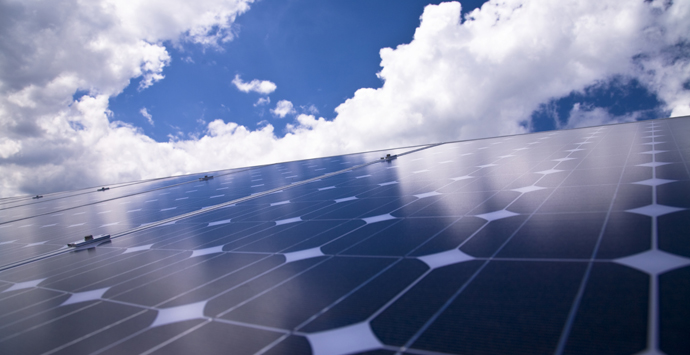By Olatunji Adetunji

Since the late 90’s the use of solar panel to convert the solar energy (HEAT ENERGY) of the sun into electrical usage, has been believed to be the best alternative for renewable and green energy. The most used solar powered equipment is the solar calculator.
All hands down, solar powered systems have found love in the green world movement, and the technology has extended to much more trendy electrical equipment, like cars, household powering equipment, and even single heavy duty machines.
Back in the late 90’s you might fail to see the merits and opportunities solar driven technologies had over conventional electrical powered system, but now it tends to provide better merits and benefits over other alternative sources of electrical power generation like coal, water ,wind, etc.
The successful implementation of the solar calculator and other high tech solar powered inventions, has given rise to a more life stylish usage of the solar power energy; which comes in the form of solar panels, inverters, and batteries for home usage.
You must have seen some streetlights that do not go out when the power company fails to supply electricity at night, these light have a kind of weird pan over their lamps, like roofs. Those streetlights are using solar panel cells, a higher grade model than the one used on your solar powered calculators.
Their history can be traced way back to the ‘photovoltaics’ era – they were once used almost exclusively in space, powering satellites’ electrical systems as far back as 1958 – now they are being used in less exotic ways. The technology continues to pop up in new devices all the time, from sunglasses to electric vehicle charging stations.
On record the sun’s rays give off approximately 1,000 watts of energy per square meter of the planet’s surface which we could easily use by trapping it via solar panel technology and converted into power, the need for an Inverter and battery is to make up for the non-daylight hours; naturally, the sun is unavailable at night.
The solar panel can be used as a component of a larger photovoltaic system to generate and supply electricity in commercial and residential applications, photovoltaic (PV) cells as the name implies (photo meaning “light” and voltaic meaning “electricity”) don’t need direct sunlight to work – they can still generate some electricity on a cloudy day.
Photovoltaic cells are made up of semiconductor materials such as silicon; when light strikes the cell a certain portion of it is absorbed within the semiconductor material. This means that the energy of the absorbed light is transferred to the semiconductor. The energy knocks electrons loose, allowing them to flow freely.
PV cells also all have one or more electric field that acts to force electrons free by light absorption to flow in a certain direction. This flow of electrons is a current, and by placing metal contacts on the top and bottom of the PV cell, we can draw that current off for external use, say, to power a calculator. This current, together with the cell’s voltage (which is a result of its built-in electric field or fields), defines the power (or wattage) that the solar cell can produce.
Each panel is rated by its DC output power under standard test conditions, and typically ranges from 100 to 320 watts. The efficiency of a panel determines the area of a panel given the same rated output – an 8% efficient 230 watt panel will have twice the area of a 16% efficient 230 watt panel. Because a single solar panel can produce only a limited amount of power, most installations contain multiple panels. A photovoltaic system typically includes an array of solar panels, an inverter, and sometimes a battery and or solar tracker and interconnection wiring.
Most solar modules are currently produced from silicon photovoltaic cells. These are typically categorized as monocrystalline or polycrystalline modules, while third generation solar cells are advanced thin-film cells. They produce high-efficiency conversion at low cost.
Olatunji Adetunji is an SEO specialist working with SEO WEB ANALYST® (http://www.seowebanalyst.com), an SEO consulting firm providing affordable SEO services and free training on SEO web marketing techniques and trainings.


